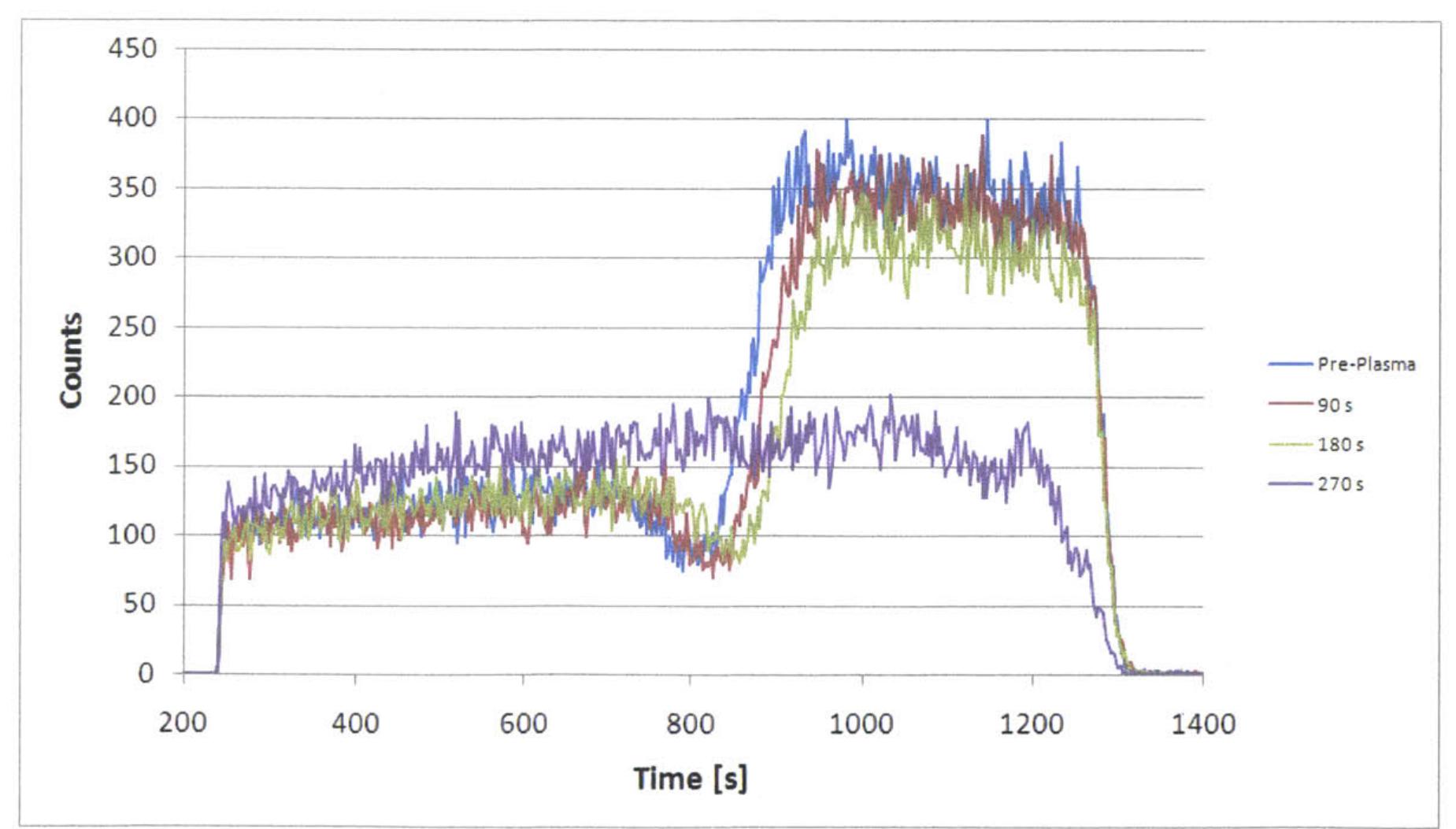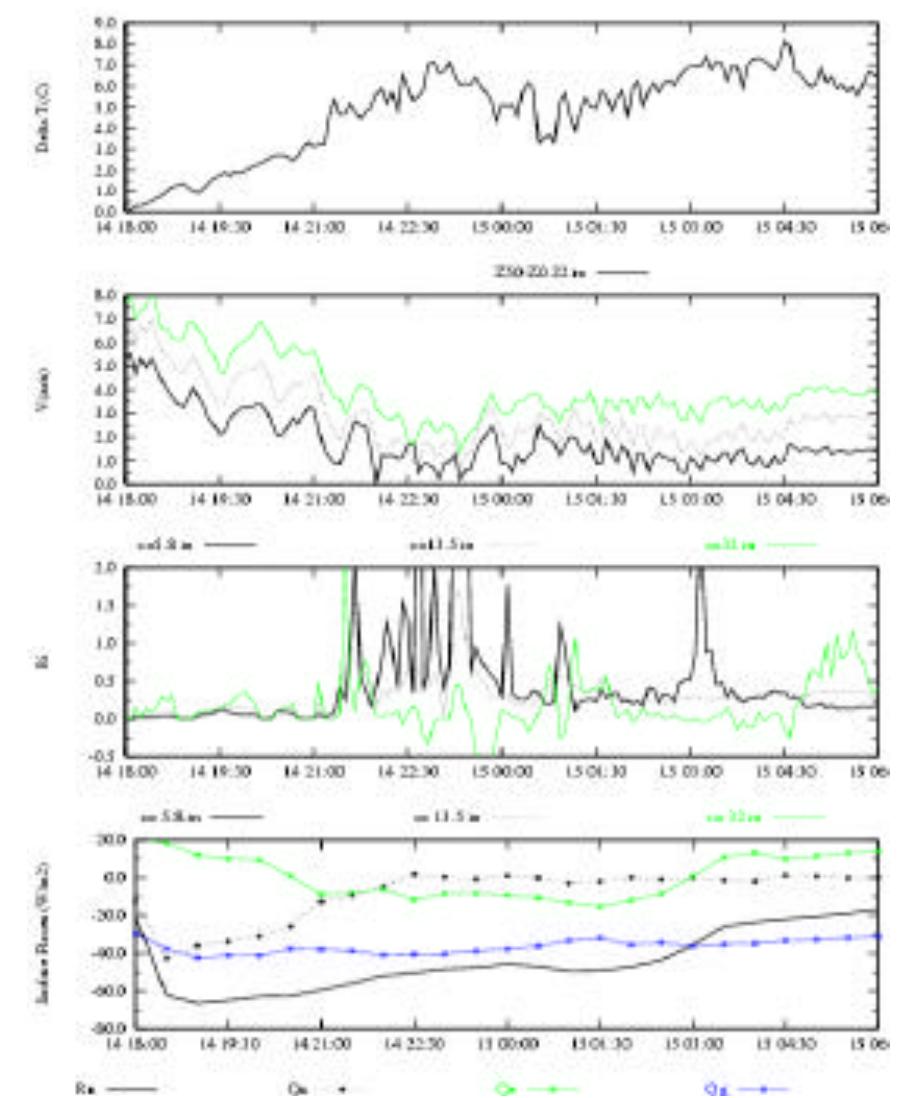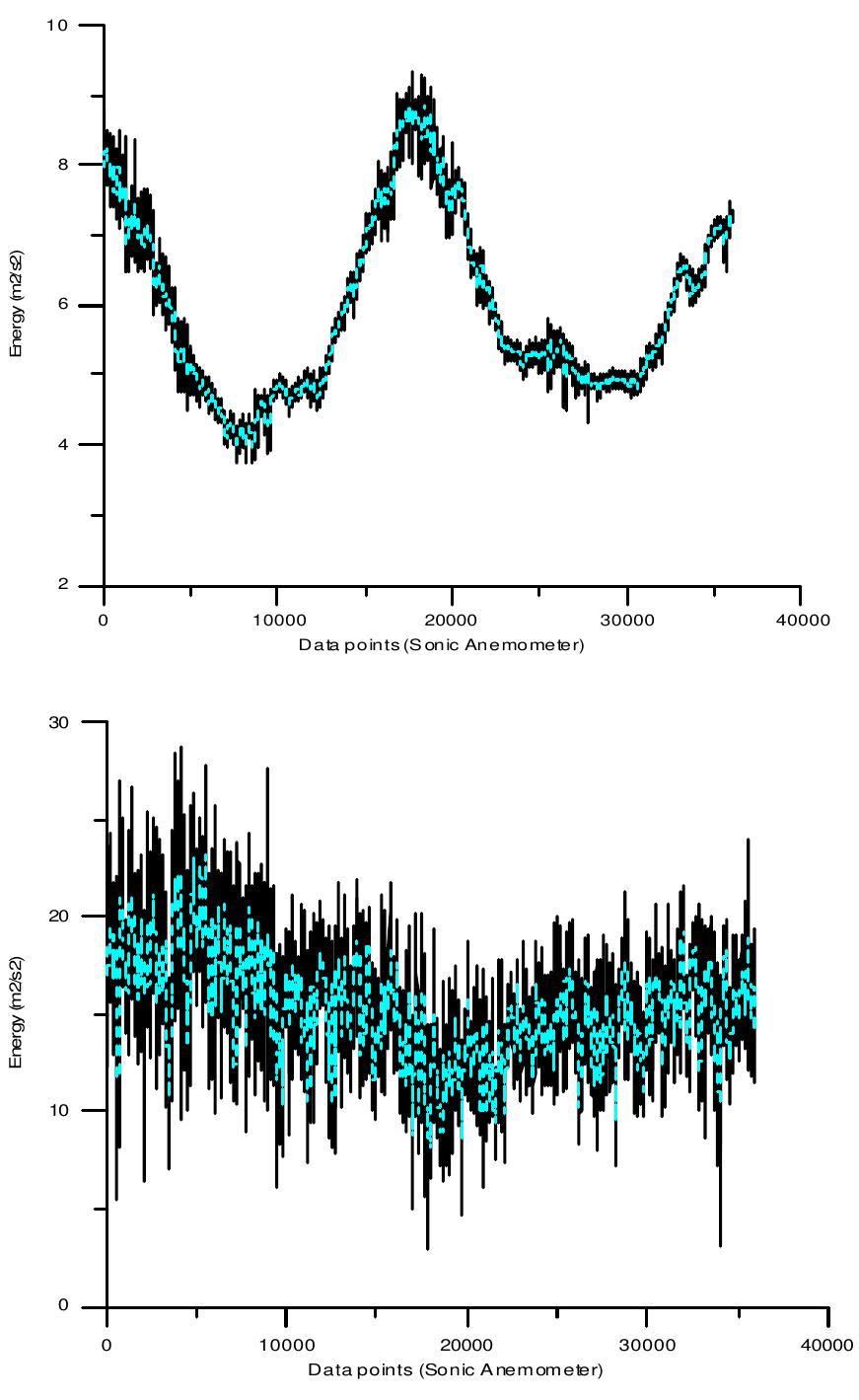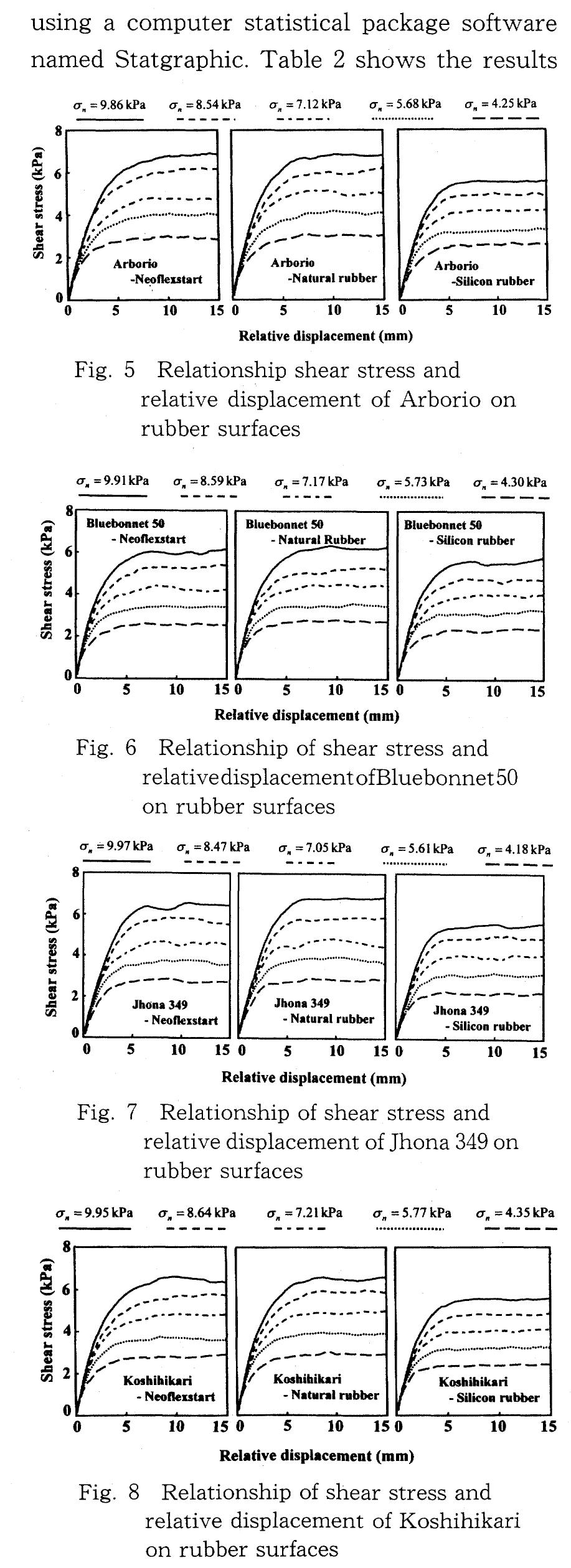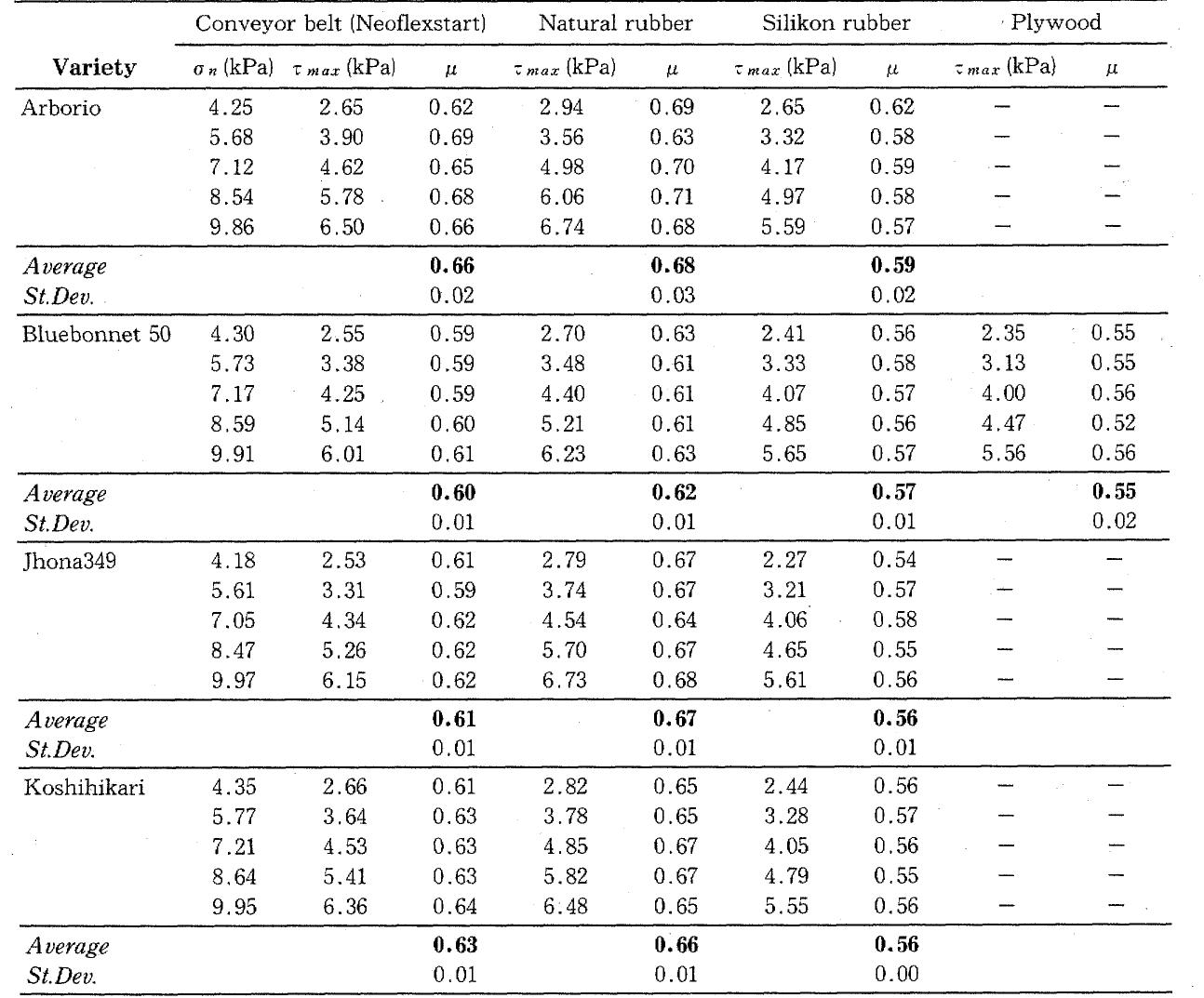Key research themes
1. How can the concept of self-similarity be rigorously defined and quantified across diverse scientific domains?
This theme explores formal definitions, mathematical models, and quantitative measures of self-similarity applicable to fields such as philosophy, biology, network theory, and acoustics. Rigorous quantification of self-similarity addresses both structural and processual aspects, enabling clearer characterization and comparison in complex systems.
2. What are the cognitive and computational frameworks for understanding similarity, and how do they address the nuances of perceptual and structural resemblance?
Research in this theme investigates psychological, computational, and mathematical models of similarity, including structural alignment, representational distortion, and similarity measures in neural systems. It examines how similarity is represented, computed, and affects cognitive processes such as categorization, and proposes frameworks to capture similarity beyond simple property matching.
3. How does self-similarity underpin system resilience, structural complexity, and dynamic processes in both natural and engineered contexts?
This theme addresses how self-similar structures and behaviors contribute to system robustness and complexity in varied domains—from software systems and networks to dynamical systems and turbulence. It encompasses studies on the operationalisation of self-similarity for resilience, fractal dynamics in nonlinear phenomena, and scaling behaviors in physical and computational systems.





































